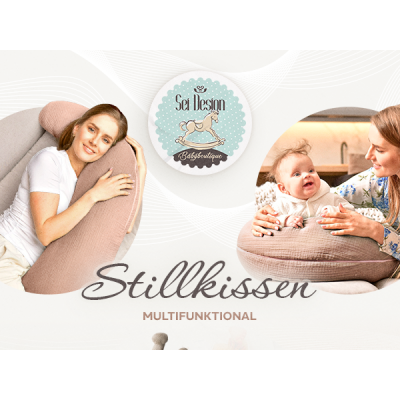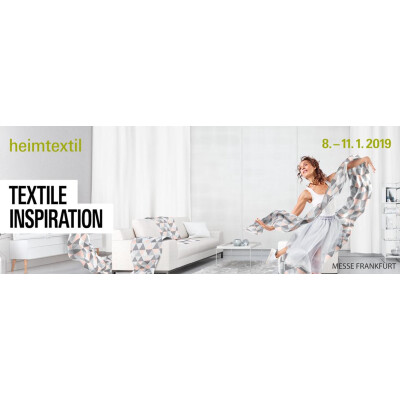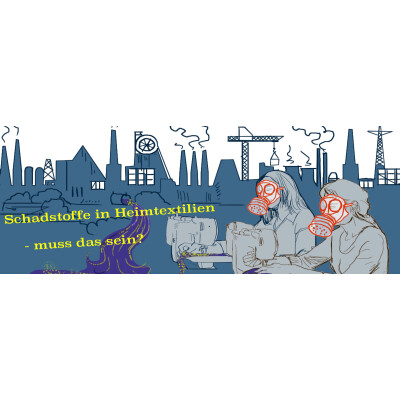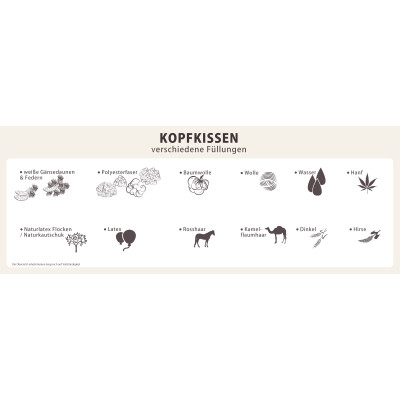L Pollutants in home textiles - must that be?
Most people associate clothing, bedding, towels etc. with something positive, healthy; often cuddling. We want to feel comfortable in it, and especially in clothing, should it protect us from the elements. But what if clothes and home textiles, in general, make us sick?
An OEKO-TEX® Consumer Survey found that four out of ten people are concerned about the pollutants used in the extraction (eg cotton) or the manufacture of home textiles. It should also be remembered that our skin is the largest organ. Whatever comes into contact with our skin is likely to find its way into our bodies as well.
The same study has shown that while 40-50% of people are concerned about how to make our clothes, we do not know how to make them or which chemicals to use. If you stretch the term "healthy home textiles" a little, then you can not ignore the methods of the textile industry, which was moved to a large extent in developing countries. Here it is mainly women who work in conditions that are completely inconceivable to Western cultures. Apart from that, these women are also exposed to the direct pollutants of the manufacture and treatment of textiles.
The impact of pollutants in textiles does not end here!
We live in a throwaway society. Every year more waste is produced than can be recycled or recycled. Unfortunately most of the waste still goes to rubbish dumps and from there the pollutants seep into the ground and get into the groundwater, lakes and rivers and eventually into the sea.
Is it possible to make clothes and home textiles completely without pollutants?
The answer is unfortunately no.
What can I do to reduce the use of pollutants in home textiles?
The answer is: Conscious shopping.
While you, as the end user, have little control over how and where your clothes are made, you can indirectly influence the textile market by reading and consciously purchasing the labels and seals or only from certain certified suppliers.
Although Germany and Europe in the greater effort to transparent signage, these generally still leave much to be desired. For example, seals do not rate all pollutants and the rating is not standard. However, if you read things like "toxic", "carcinogenic" or "mutagenic", then it is obvious that they do not buy such textiles. These pollutants are banned in Europe. PBA in plastic bottles, just to give an example.
The same applies to the social circumstances under which home textiles were made. Big companies are beginning to wake up to the fact that more and more customers are interested in the social circumstances under which their clothes were made.
As a consumer, learn that making clothes and other textiles is not just about your family. How you buy affects not only your immediate environments, but affects communities around the world.
Do not choose to buy textiles that are not transparent in their pollutants and their production.
If you want to change the consciousness of large corporations, then there is often no other option than to reject their goods. With a shift in customer awareness, one or the other large-scale supplier will (as always slowly) decide which goods to offer.
x
Please sign in to write a comment.

More Than Just a Pillow
Our Bestseller Nursing Pillow: Your Comfort Hero
04.06.2025
Admin
–
SEI Design
0
Comment for the news posting More Than Just a Pillow
Continue

Events & Messen
Visit us in Hall 11 Stand D01 and find out about our new products and highlights.
Continue

Pollutants in home textiles - must that be?
Is it possible to make clothes and home textiles completely without pollutants?
Continue

